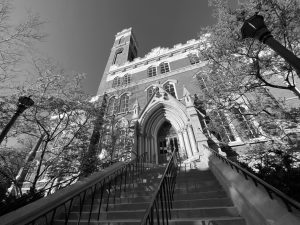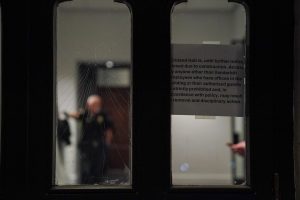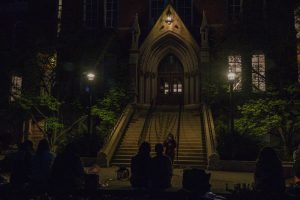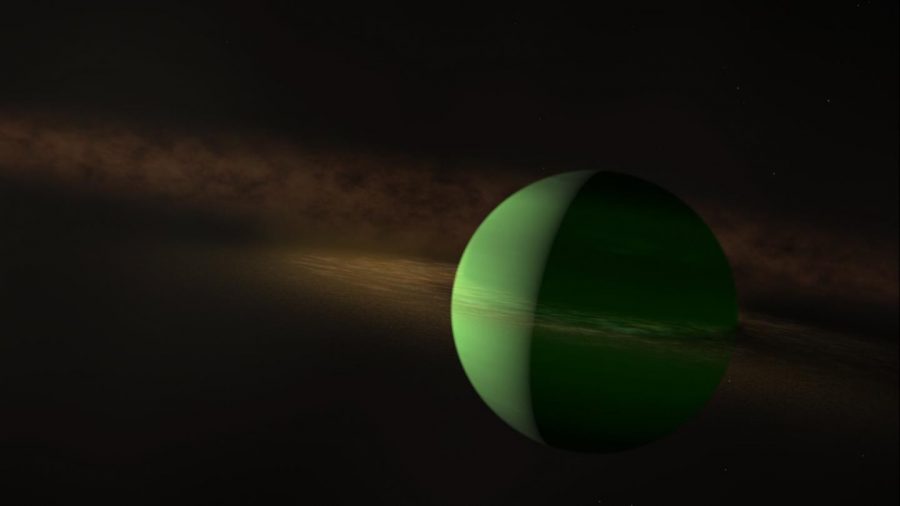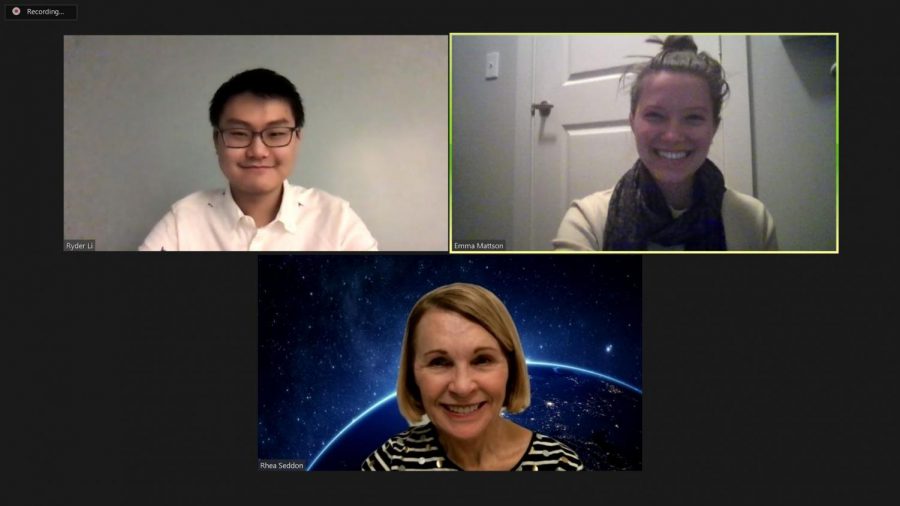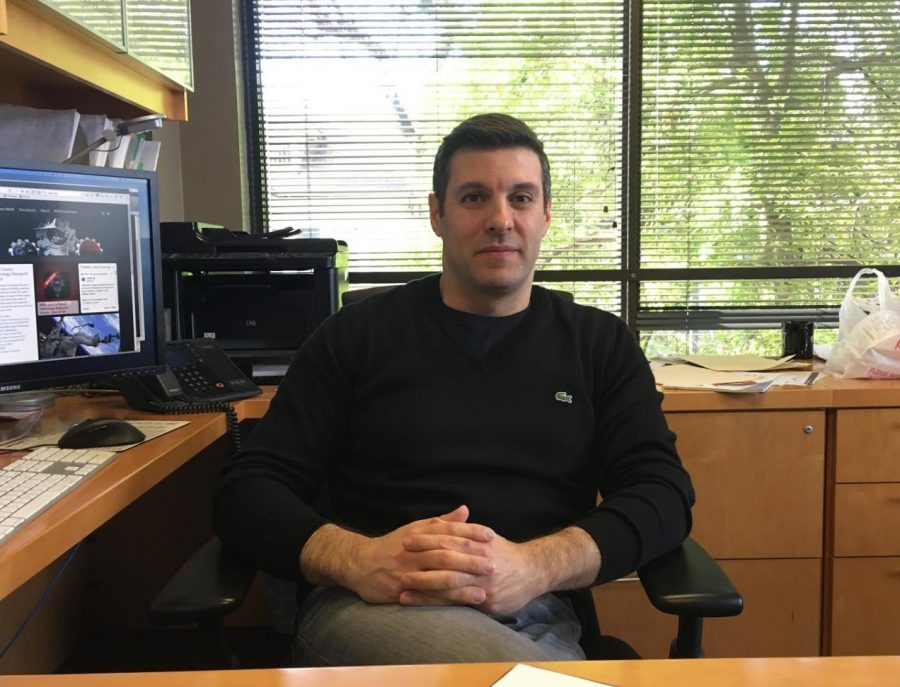On June 24, a study co-authored in Nature by Vanderbilt’s Dr. Keivan Stassun, professor of physics and astronomy, alongside 86 others, detailed the discovery of a nearby exoplanet and solar system. Stassun said that if humans could travel at the speed of light, they could reach the planet in about 30 years.
Stassun utilized NASA’s Transiting Exoplanet Survey Satellite (TESS) to discover the new exoplanet, called AU Mic b, about a year prior in a nearby, newly-discovered solar system.
According to Stassun, TESS is a small telescope, launched two years ago from Cape Canaveral, Florida, with the goal of identifying nearby potentially habitable planets. Stassun explained that the satellite, halfway between the Earth and the moon, looks for periodic dips in light signals from nearby stars, which could indicate the possibility of a planet.
Per Stassun, AU Mic b is not only potentially habitable but is the first of its kind. The solar system and planet are only 20 million years old, which is very young in comparison to the age of the universe. The newly discovered exoplanet is still embedded in the rings of gas and dust leftover from its formation, which proves how these planets are formed, according to Stassun.
“So we have here, all in one, a very nearby solar system that is potentially reachable and we have all the pieces that allow us to basically prove what we already thought we knew, that planets form out of the residual gas and dust left over from the star,” Stassun said.
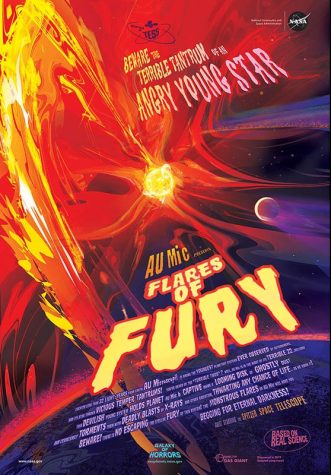
The posters, titled Galaxy of Horrors, are designed by NASA’s Exoplanet Exploration Program Office at NASA’s Jet Propulsion Laboratory in Pasadena, California. The posters are designed to open the public to the world of science, particularly planetary sciences, according to program manager, Gary Blackwood.



